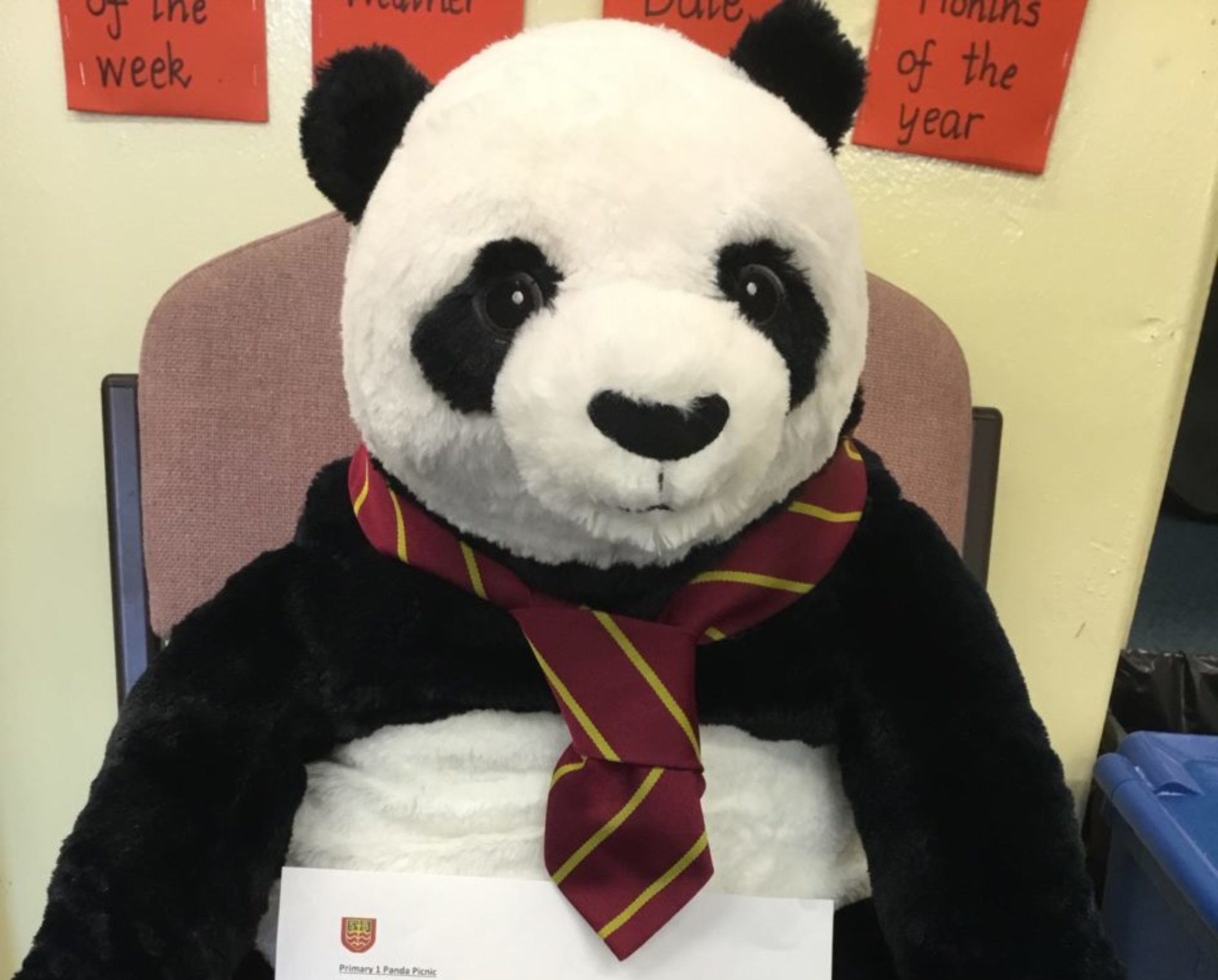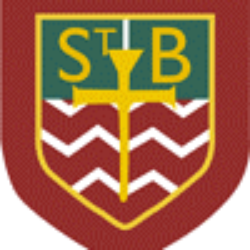Good Morning Primary 6,
Congratulations, you made it to the end of the week!
Take a short break.
.
.
.
There, did you enjoy that?
Now let’s get back to work.
Here are the answers to yesterday’s questions.
1.a) 600 b) 500 c)200 d) 800
e) 3100 f) 700 g) 300 h) 2400
i) 900 j) 1000 k) 300 l) 2900
2. 100 pupils
3. 400 miles
4. 200 cm
5. £500
Today I want you to have a go at rounding some decimals. Now, this is really a Primary 7 skill but you have all been doing so well this week I think that you can try it out. There are three videos and three activities here,
https://www.bbc.co.uk/bitesize/articles/z6g8d6f
for you to work on.
Let me know how you get on at
gw09mcintoshdavid3@glow.sch.uk
There is also a short place value assessment waiting for you on Sumdog today. It only lasts for one day so you’ll need to do it before dinner time.
Here is Cressida Cowell reading Chapter 13 of, “How to Train your Dragon.”
But today I want you to look back at the similes in Chapter 11
Have a look at this work on how to understand and use similes and metaphors,
https://www.bbc.co.uk/bitesize/articles/zkygrj6
Then try the activities that follow it.
If you haven’t checked already, there is a road safety design competition starting on the school’s Twitter today.
You could also try some Spanish alphabet today.
For Health today I want you to look back over your week and make a list of the things that you have achieved. You are all dealing with big changes in the way that you live and learn and today is a great opportunity to remind yourself that you are doing well.
As you round out your week remember that you and your family can still celebrate Mass on the St. Barbara’s Facebook page.
Mr. McIntosh


